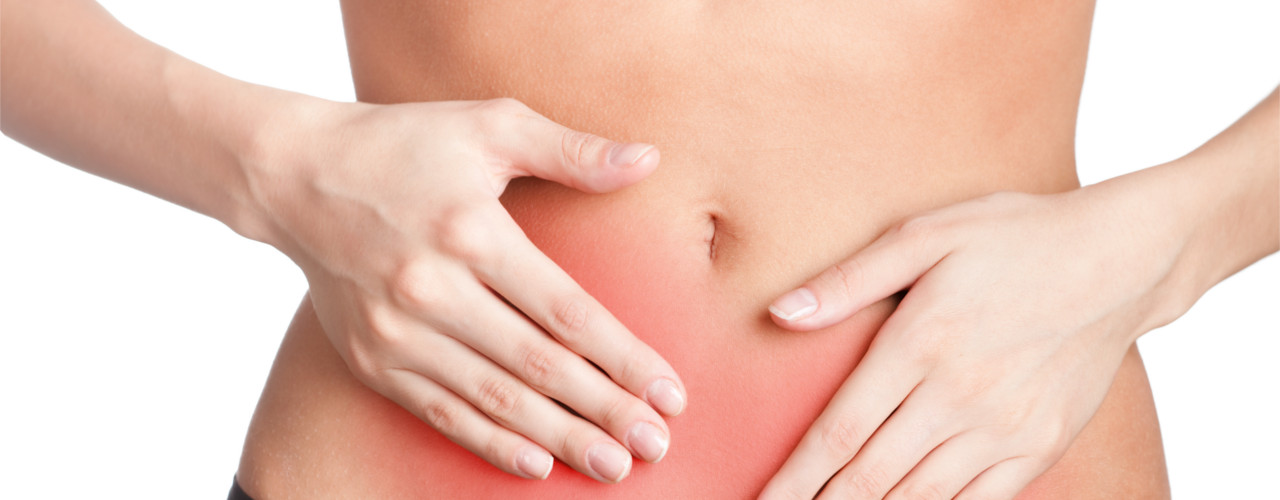About Pelvic Health
Your pelvic floor has a very big job for such a small portion of your body! It supports the lower back and trunk, and controls the function and health of pelvic organs, including the bladder, urethra, bowel, uterus and/or prostate.
Physiotherapy is an effective treatment option for those who suffer from any pelvic or perineal lack of coordination, weakness, pain, incontinence, etc. Pelvic Floor Physiotherapy is just as well beneficial for those who want to have a strong and healthy pelvic floor and prevent future complications. Our physiotherapist will do a complete examination of your concern on your initial session. Your initial test findings will determine which therapies and exercises will be included in your pelvic floor rehab plan.
A personalized care plan will then be created to meet the exact requirements. Typically, a combination of manual therapy, exercises, heat treatment, and massage will be required to ease discomfort or lessen any symptoms, and strengthen the pelvic floor.
Do you offer pelvic floor physiotherapy to all genders?
While many people believe that pelvic floor physiotherapy is exclusive for women, it is actually beneficial to all genders!
PhysioD welcomes all genders! Your Toronto, On physiotherapist is here to listen to your concerns carefully, and address your specific needs in detail.
Common conditions pelvic floor rehabilitation can help relieve
Pain
Pain in the pelvic area is very common, although it is not something that we often talk about. Very frequently pelvic pain arises from soft tissue imbalances inside the pelvic floor: a strained muscle or tight soft tissue that has developed secondary to a weakness. Many times even when the pelvic pain has not initially arised from the pelvic floor imbalances, the weaknesses and tightnesses of the soft tissue of pelvic floor can be major contributing factors to pain in the pelvic area. That’s why pelvic floor physiotherapy can be very beneficial for pelvic pain! Because these soft tissues are not palpable from the outside and thus, not assessable without an internal palpation, the pelvic floor physiotherapist performs an internal assessment through vagina or rectum (and always within the tolerance and comfort of the patient) to determine the source of the pain, and help eliminate or reduce it with proper treatments.
What are some common conditions that are associated with pain in the pelvic area? How can Pelvic Floor Physiotherapy help?
Following abdominal or pelvic surgeries
If you are recovering from a recent surgical operation around your lower abdomen and pelvic area, pelvic floor rehab can help loosen up the scar tissue and regain range of motion and strength in your abdomen/pelvic region. This will eliminate symptoms of pain and discomfort on the tissue and prevent future complications that may arise due to weakness and immobility.
With intercourse: Dyspareunia and Vaginismus
Pain with intercourse is commonly referred to as “dyspareunia.” It can be sharp or intense and can happen just before, during, or after penetration.
Vaginismus is another term used to describe pain associated with sexual intercourse. With vaginismus the pain is normally associated with soft tissue imbalances and can have relations to psychological stressors and fears that may require further attention.
Pelvic floor rehabilitation can teach relaxation techniques and provide manual therapy to bring range of motion and health back to the muscles of the pelvic area. This can help relieve and eliminate the symptoms of pain and discomfort during or after intercourse.
On the superficial tissues: Vulvodynia, Vestibulodynia & Clitordynia
The superficial tissues of the pelvic floor include the first layer of muscles as well as the skin of the perineal area. Sometimes these tissues get irritated and painful to touch and palpation. Vulvodynia, Vestibulodynia and Clitrodynia are all conditions that can benefit from pelvic floor physiotherapy. Vulvodynia is the term used for irritation of the vulva (outer part of the female genitals), Vestibulodynia is the term used for irritation of the vestibule (smooth surface inside the outer part of female genitals that includes opening of vagina and urethra) and clitordynia is the term used for the irritation of the clitoris (female erogenous organ that is located in the anterior apex of the vulva).
If you have been diagnosed with any of these conditions, pelvic floor physiotherapy can help you desensitize the tissues that cause irritation and burning sensation, gain back your range of motion, regain strength and thus help treat your symptoms.
On the deeper tissues: Endometriosis, Interstitial cystitis, etc.
Endometriosis is a prevalent disease that affects many individuals. The term endometriosis is used when endometrium, the tissue that normally grows inside the uterus, grows outside of the uterus. Since this tissue can grow and cause bleeding outside of the uterus it causes pain and discomfort on and around the area that it has grown and thus, it can be a very limiting condition.
Interstitial Cystitis is part of broader conditions categorized as painful bladder syndrome (PBS). It is a chronic condition which causes feelings of pain and pressure in the pelvic floor and perineal area. It can be associated with persistent urinary urgency and pain after intercourse. The exact cause of the Interstitial Cystitis is unknown but there can be many contributing factors to the pain in the pelvic area in this condition, including lack of coordination and tightness of pelvic floor muscles.
Pelvic floor rehabilitation can help treat the pain and other symptoms associated with endometriosis, interstitial cystitis and other similar soft tissue conditions of the deeper pelvic floor region. Pelvic floor rehabilitation can teach relaxation techniques and provide manual therapy to bring range of motion and health back to the muscles of the pelvic area. It can help desensitize the nervous system and break the cycle and wiring of pain.


